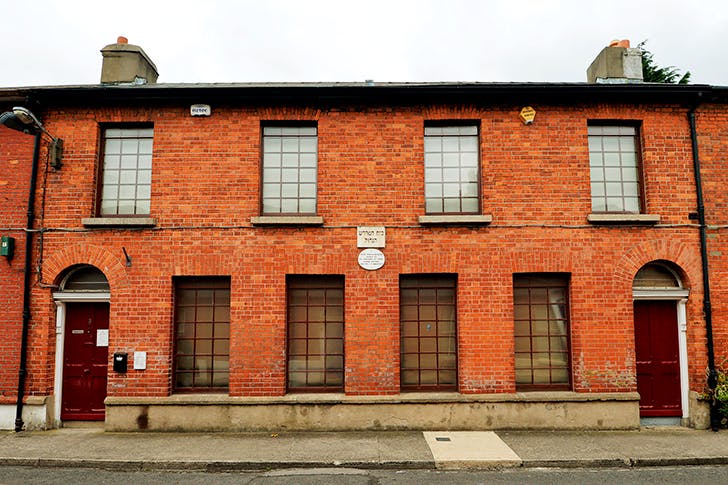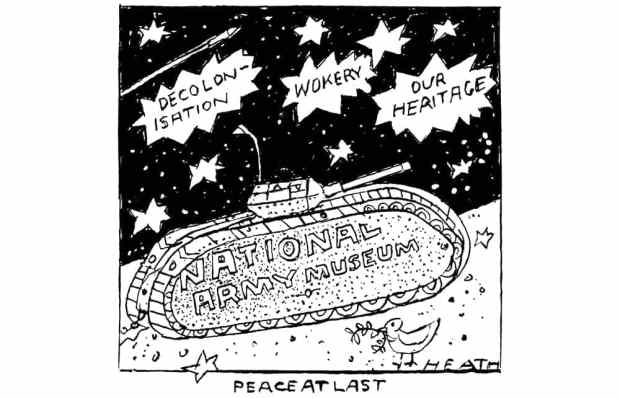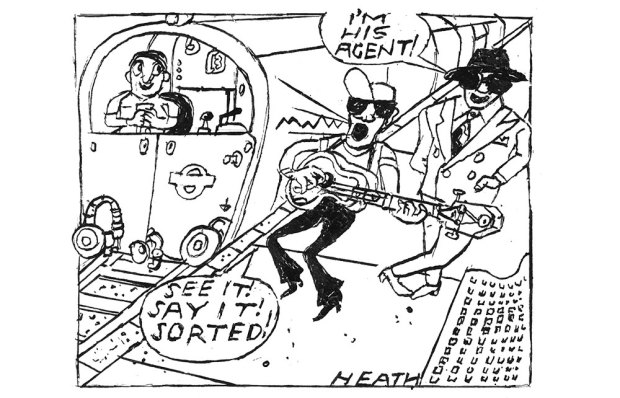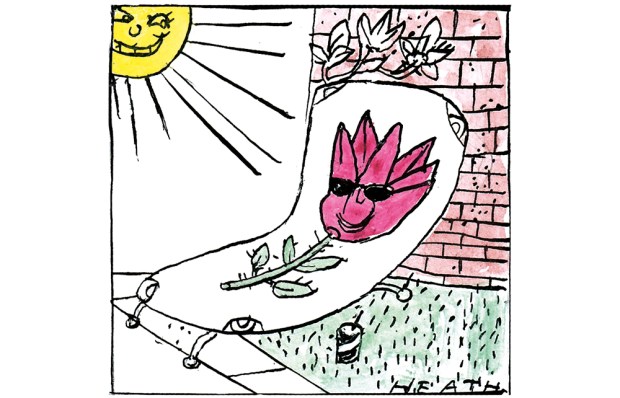I love small museums, and the Irish Jewish Museum in Dublin is a little gem, located in the neighbourhood once known as ‘Little Jerusalem’, a centre of Jewish life around the South Circular Road. The museum itself is a converted terraced house at 3 Walworth Road, within walking distance of the streets so evocative of Leopold Bloom’s Dublin.
It is crammed with impressive artefacts from Jewish life in Ireland — Torah scrolls, a menorah in the shape of a harp — but also with small details and modest memorials of Irish Jewish life, which is now so sadly in decline. (There are estimated to be hardly 1,000 Jews in Ireland today, and many of them are older people whose offspring have gone elsewhere.) It is touching to see the enthusiastic theatre programmes from the Dublin Jewish Dramatic Society, which produced many plays between the 1900s and the 1960s. Likewise the mementos from Capel Street, once the centre of Jewish trading life in Dublin, and the cramped kosher kitchen, exactly as it was, in the 1900s — Bloom’s time — where, we are reminded, the mother of the household would have spent so much time.
There are the mournful reminders of anti-Semitic feelings: Sinn Fein labour leaflets from the 1930s with their exhortations of ‘No Jews’ aimed at Irish employers, and adverts which announce ‘Irish tailors employed only’. And here’s a telling little document: the original of a glowing reference, written on 5 September 1933, from an official at the German consulate in Dublin, one ‘D. von Dehn’, testifying that Mrs Mina Simons (née Wilkow) had been employed in a secretarial capacity since 1924, and ‘unceasingly has done her best to execute duties in the most satisfactory manner’. But now, circumstances meant that that she must be discharged. Mrs Simons, who must have been German-speaking, had done her job faultlessly but she had to go because she was Jewish. What happened to Mina Simons afterwards? No one seems to know.
So much in the museum recalls a Dublin Jewish life that thrived up until the 1970s, when my brother used to drink with the painter Harry Kernoff at Davy Byrne’s. He had known, also, the sometime president of Israel, Chaim Herzog, who formally opened the museum in June 1985, a man who grew up in Dublin, knew poetry in Irish and apparently spoke Hebrew with a Dublin accent. (Many Herzog papers are held at the museum.)
The Irish Jewish Museum is run entirely by volunteers, headed by the knowledgeable and welcoming Yvonne Altman O’Connor, herself Irish and Jewish. It provides a rolling programme of cultural events, held upstairs in the synagogue. It needs to expand, and there are two adjoining houses available, but there are planning permission problems at present.
There is an enormous archive in storage of documents, artefacts, historical papers of every kind relating to Jewish life: they’re locked away until they can be properly housed and curated. Among the strange objects in the museum’s possession is a Nazi dagger engraved with the Star of David, once owned by a Jewish Dubliner in the British army. A rich potential for researchers, and a continuing, lovely ornament to Dublin cultural life.
Got something to add? Join the discussion and comment below.
Get 10 issues for just $10
Subscribe to The Spectator Australia today for the next 10 magazine issues, plus full online access, for just $10.














Comments
Don't miss out
Join the conversation with other Spectator Australia readers. Subscribe to leave a comment.
SUBSCRIBEAlready a subscriber? Log in